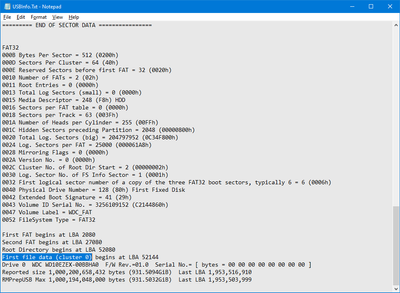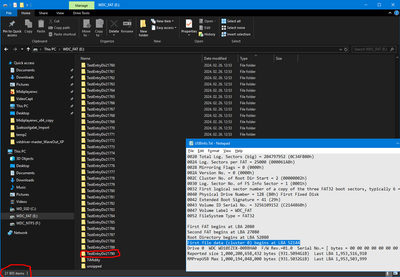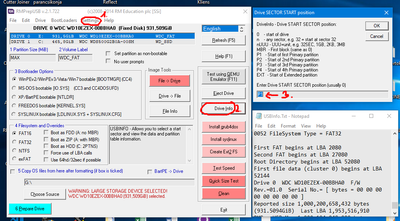First post, by GigAHerZ
- Rank
- Oldbie
Hi all,
I've searched around and tried different things, but i don't seem to get it working no matter what i try.
My test real hardware is a 386DX with MR-BIOS to give the best chances of working. (No HDD size problems from motherboard's part for ex.) And i use a 4GB CF card, which should be perfect for roughly 2x2GB FAT16 partitions.
When i do everything with dos tools, partition, format, have the boot files on "HDD", everything works. But the partition always starts at sector 63.
Then, whenever i apply some alignment action on CF card on modern machine (EaseUS Partition Master, MiniTool Partition Wizard; Some auto-alignment action or manually moving the partition starting point to let's say exactly 1MB) the 386 is unable to boot from it. "fdisk /mbr" doesn't work, "sys c:" doesn't work. It just messes stuff up.
So maybe you could give me tips & tricks, what am i missing? Or is it truly so that DOS has some hardcoded "sector 63" in it, and i should forget my idea?
Thanks you!
"640K ought to be enough for anybody." - And i intend to get every last bit out of it even after loading every damn driver!


